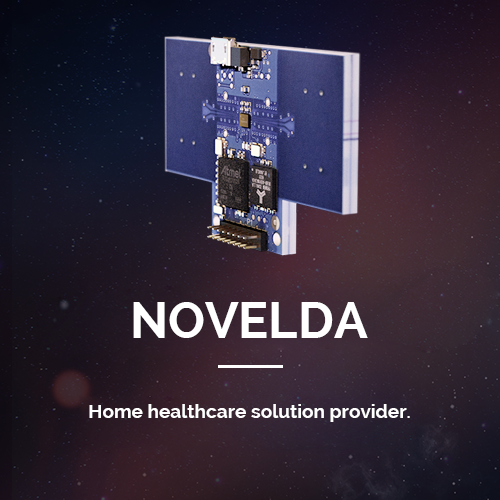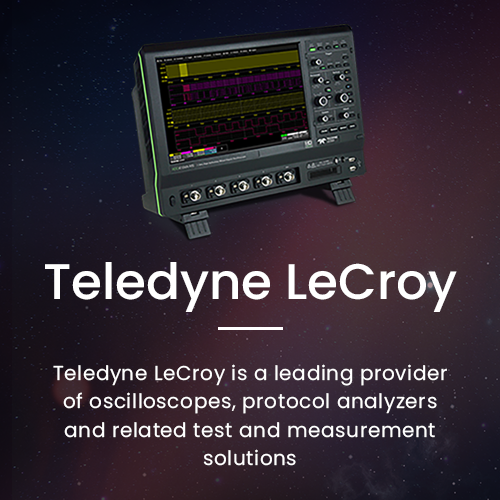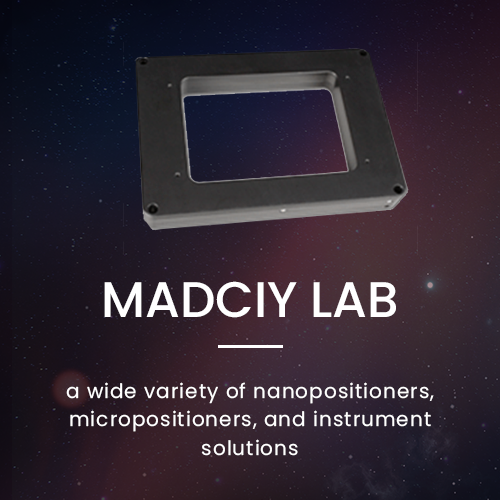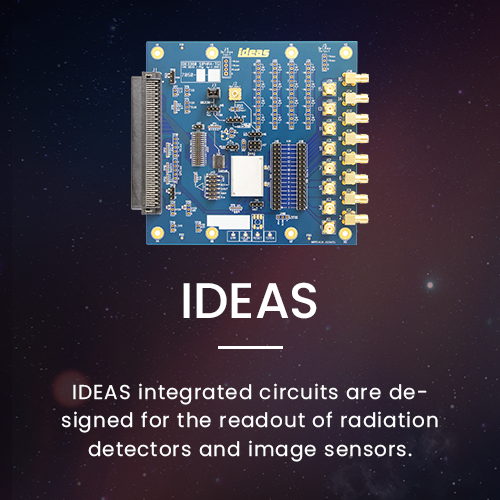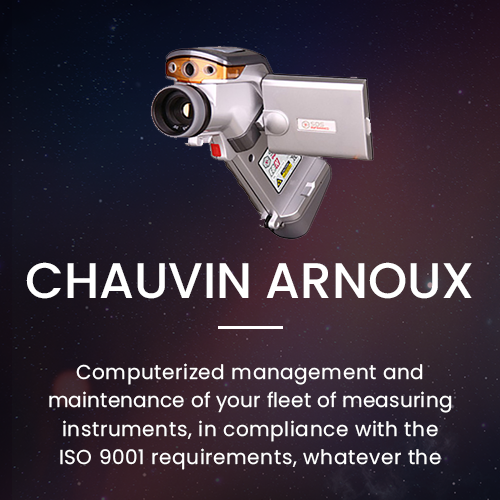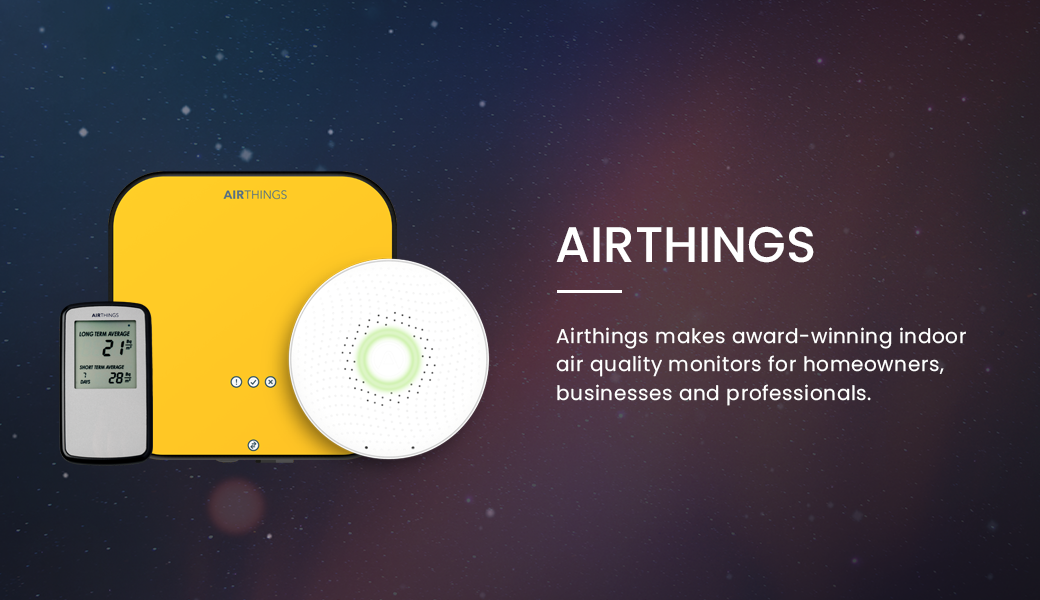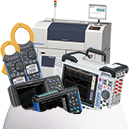Why occupancy sensing?
Smart building automation is gathering real momentum in both home and commercial markets, offering increased levels of occupant comfort, security, and energy efficiency. With global energy demands rising inexorably and power companies struggling to meet them, energy saving strategies are taking centre stage.
Using occupancy sensing to automatically turn off task lighting and electrical appliances when they’re not being used by building occupants achieves more though than just conserve power and cut energy bills, it helps to reduce carbon emissions, and prolong the life span of all kinds of equipment.
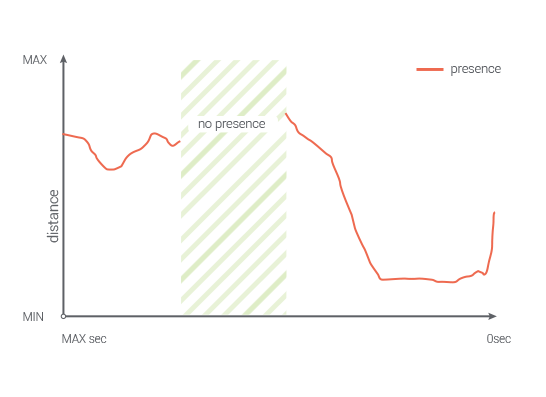
The XeThru respiration monitoring solution
Reliable and accurate occupancy sensing has long been the foundation of the smart-automated home or office. Occupancy sensors detect whether an indoor space is being used by someone or not and is programmed to automatically turn electrical systems on or off, such as lighting, heating, ventilation and other equipment.
The majority of existing occupancy sensing solutions however fail to detect stationary occupants and have high rates of false tripping.
To be reliable, occupancy sensors need to be sensitive enough to detect even the slightest human movement; the breathing chest of someone sleeping, the heartbeat of a person sitting still.
Potential applications for occupancy sensing
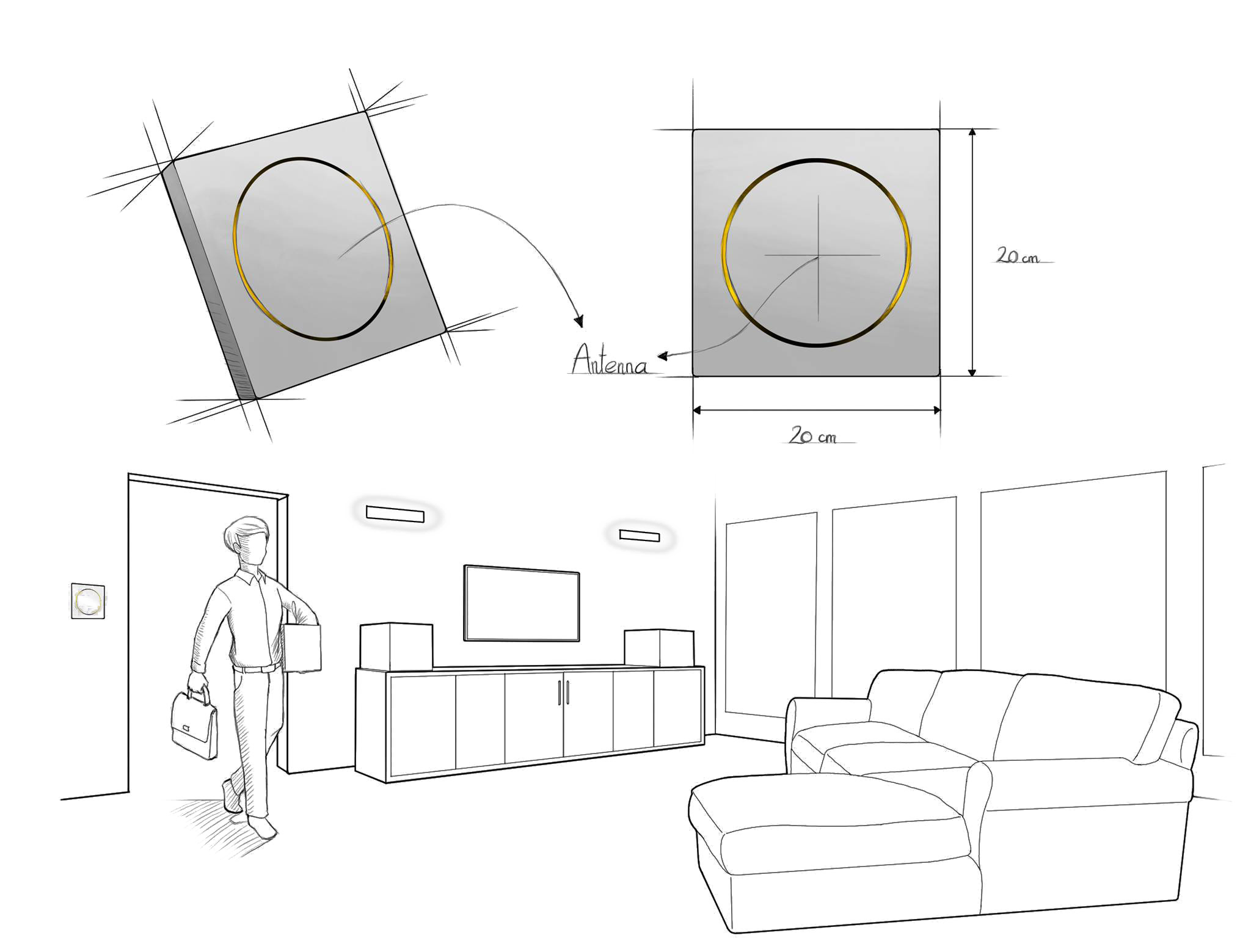
Light control
In a smart home setting, occupancy sensors are placed around the house to detect human presence and automate lighting control. Room lights can be automatically turned on and kept on as long as the sensor detects human presence. Such an application helps reduce domestic energy bills and increase comfort in the home.
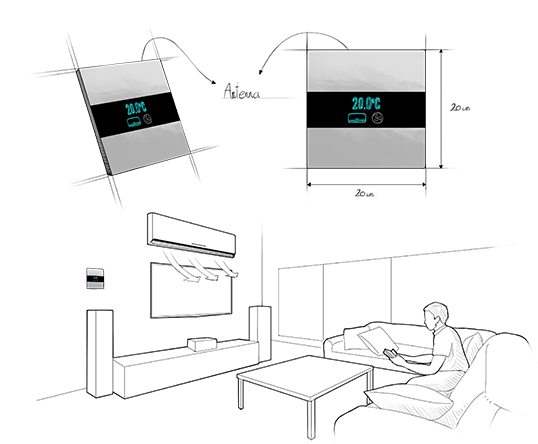
HVAC Control
Through home automation, HVAC systems can also be controlled and set to turn on once the sensor detects presence in the room. HVAC automation increases user comfort, contributes to energy cost savings, and helps in making houses more “green”.
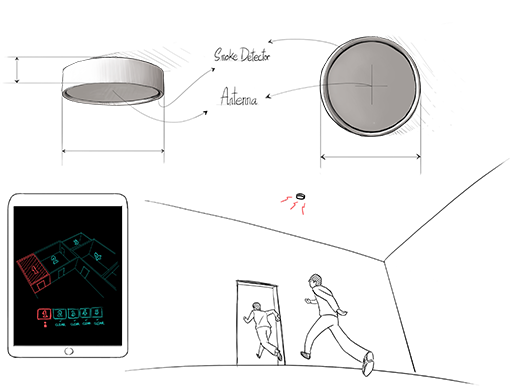
Evacuation Monitoring
Sensors can be used in smart building monitoring applications and more specifically in an emergency setting. They can detect which rooms are occupied, allowing emergency services the possibility of carrying out a quicker and safer evacuation.

Security
In a museum or art gallery setting, a sensor can be placed behind valuable pieces of art to startle the too-close observer with a warning, or trigger an alarm if it detects the lightest finger tap. While all museums employ a variety of security precautions, these sensors give “museum security” the ability to safeguard collections at all times, avoid potential damage, and art theft.
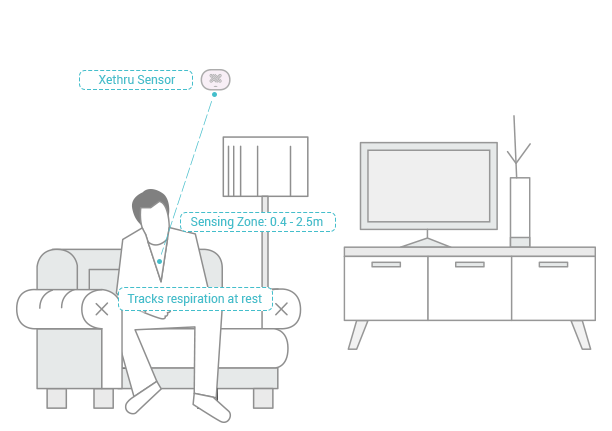
How do we do occupancy sensing?
Occupancy sensing answers a very simple question: Is there a person present or not?Presence can be detected from someone walking through a room, or someone just sat down using a keyboard – it can be a major movement, it can be a minor movement.
XeThru ultra wide band radar technology uses the pulse Doppler shift principle to separate human movement among static objects such as walls, desks and chairs. Even tiny movements like a person’s breathing can be detected.
Using pulse Doppler signal processing, the sensor extracts information such as an occupant’s breathing pattern and respiration rate. And if the target is moving around, the distance to the sensor and the degree of movement can be also found.
The combination of these metrics provides a precise and reliable occupancy sensing solution capable of providing target information in terms of both range and frequency.
The XeThru occupancy sensing solution
The X4M300 presence sensor detects all human presence by sensing all major and minor human movements in a room. With its optimised sensitivity feature, it offers detection at a range of up to 9.4 metres.
